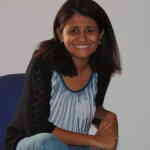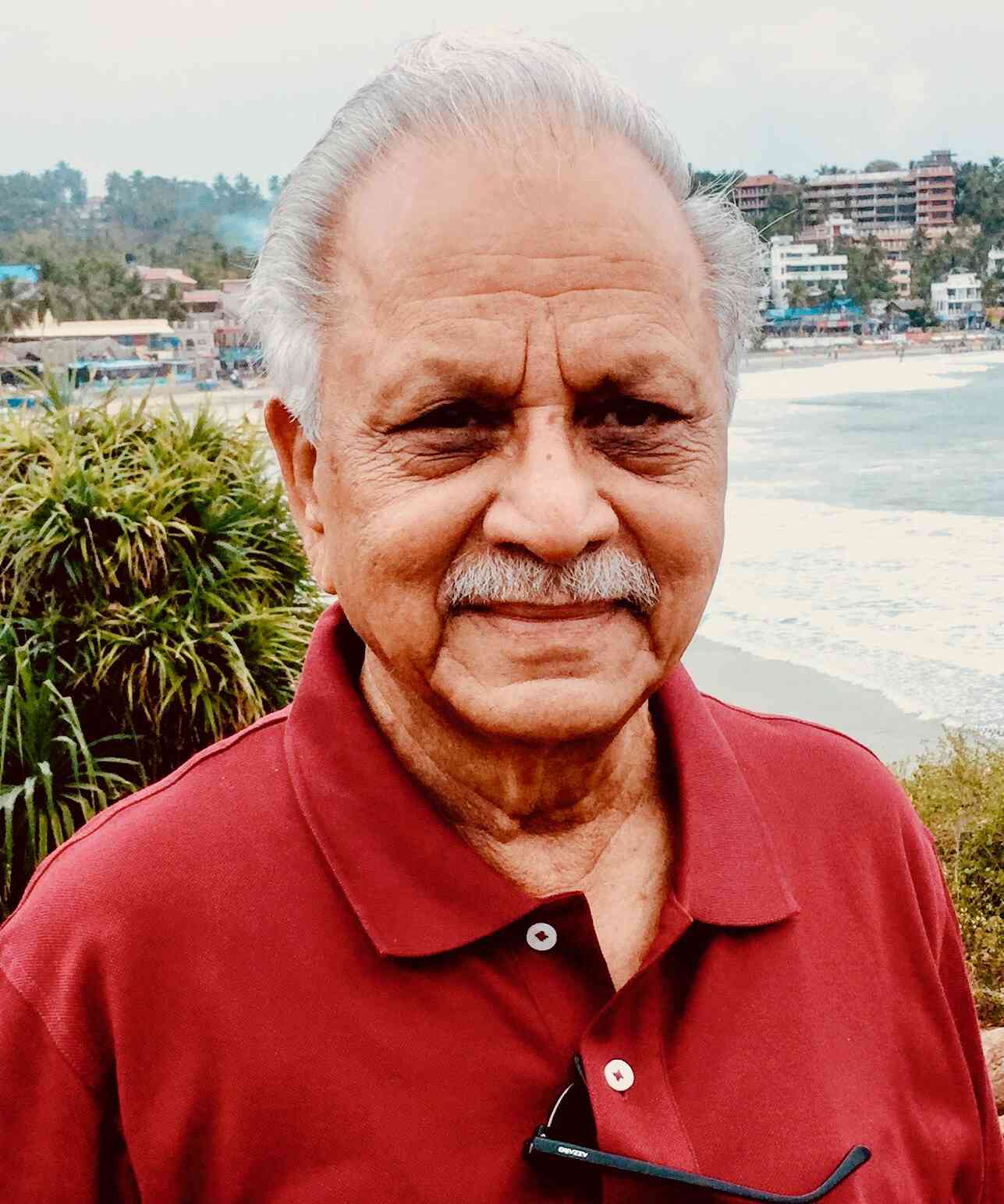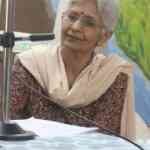How To Explore Your Creativity And Enhance It
Silver Talkies member, Sarala Upadhya writes about the various ways of exploring and enhancing one's creative quotient.
Just as I was entering the park for a morning walk, the song came wafting towards me. “Isharo Isharo Me Dil Lene Wale….” from the movie Kashmir Ki kali. In an instant, the song brought in the picture of the actors, the background music players, the lyricist, and the music composer! Also, the efforts of the orchestra, the technicians and the cameraman involved in the background. It is amazing to think of the great creativity that had gone into picturising this song, all of them working together as a team. No wonder that the song still echoes in every music-loving heart even after nearly six decades of its picturisation.
Creativity is all-encompassing teamwork. It may resource talents from everyone and anyone who is ready to give. In most magnificent creations of art, there is the support of several other arts and skills working in great harmony. Even if a person appears to be working alone, she will be inspired and supported by many, knowingly or not. You must only look at the temple architectures at Belur and Halebidu in Karnataka, to understand this truth.
That makes me venture into the workings of the brain. Where exactly does ‘creativity’ position itself in the brain? Is it on the left side or the right side? Many years earlier, the left brain was considered as the seat of language processing, analytical skills and math. The right brain was thought to be the seat of music, emotions, art and creativity. But new research on brain activity has shown that several different parts of the brain work together for a person to be creative.
Although each side of the brain has a special area for a particular ability, the two sides of the brain talk to each other and create the best possible solution. Creativity is one such ability that is found on both sides of the brain as well as in brain parts like the frontal cortex, hippocampus, basal ganglia and many more. What connects them all to do creative work? It is a spongy-looking packing material called white matter. The ‘talking’ between the various parts of the brain does the information gathering, analyzing, best options available, logical thinking and logistics, followed by finally the control or command given to the organs and limbs for action.
The good news is that all of us are creative. There are always some parts or the other of our brain busy gathering information, collating it with earlier experiences, coming up with a new idea. As human beings, we have this in our genes to be creative. But how this whole thing works may be different for different people.
It is said that about 4 out of 10 people are born creative. The rest of the people acquire a sense of creation by innovating on what is found around them. There is no one who is not creative at all, in some way or the other. A doctor or a lawyer is creative. So is a murderer and a thief! Now, ‘creativity’ needs a new definition. And, for the time being, it would be better to leave it to the imagination of the readers.
We come across different types of creativity, creators and creations in our experiences. As we generally associate the word ‘creativity with arts, let us give it the first pride of place. Artists can bring a fresh whiff to their work or presentation through their talent backed by creativity. Their creativity is enhanced by involvement, interest and the hard work they put into the practice.
Next, there are the scientists who take a break from their work but engage themselves in a different activity and immerse themselves in it. Our past President Shri A P J Abdul Kalam was one such person, who played music on Veena. He also wrote poems in Tamil. But, when he got back to the passion of Aeronautics, he was immersed in that too. His ability to see solutions to technical issues and to lead a team of scientists and inspire them to come out with their ideas is legendary.
Another great Indian, whose insights in optical physics got triggered in an unusual situation, was Sir C V Raman. The idea of why the sky is blue, suddenly came to him when he was travelling on a ship, totally relaxed, watching the blue waters of the sea. His thoughts, suitable experimentations and conclusions thereof, won him the Nobel Prize in Physics.
Some people may get very creative and make a U-turn in their lives to positivity when they find solace in their creations. Some kind of emotional needs may be fulfilled by being creative. The example of Neal Donald Walsh stands before us in this category. Walsh wrote a series of books on ‘Conversations with God’. It all started with an angry letter he wrote to God, asking why his life was not going the way he wanted it to go. A deep feeling of being abandoned and the related frustration led him to ‘talk’ to God directly. The convincing answers he could get from within, made him write a series of books in an impressively creative Q&A style that made them best sellers for many years to come!
Interestingly some people are creative in both using their skills and also applying their skills to some other work in unrelated fields. Some of my students in the Engineering Graphics class excelled in drawing complicated Machine Drawing. I came to know later, upon enquiry, that they had learnt drawing as an art in their childhood and thus they had developed their imaginative capacity for spaces and dimensions. They turned out to be good students in other subjects also. Somehow, the creative attitude had helped them to grasp engineering concepts well.
Such is the satisfaction and accolades one may get out of being creative. It is to be noted that instead of wondering whether one is creative or not, it is time to think about how one can enhance one’s creativity, having known that quality is already there to be exploited.
Comments







Post a comment